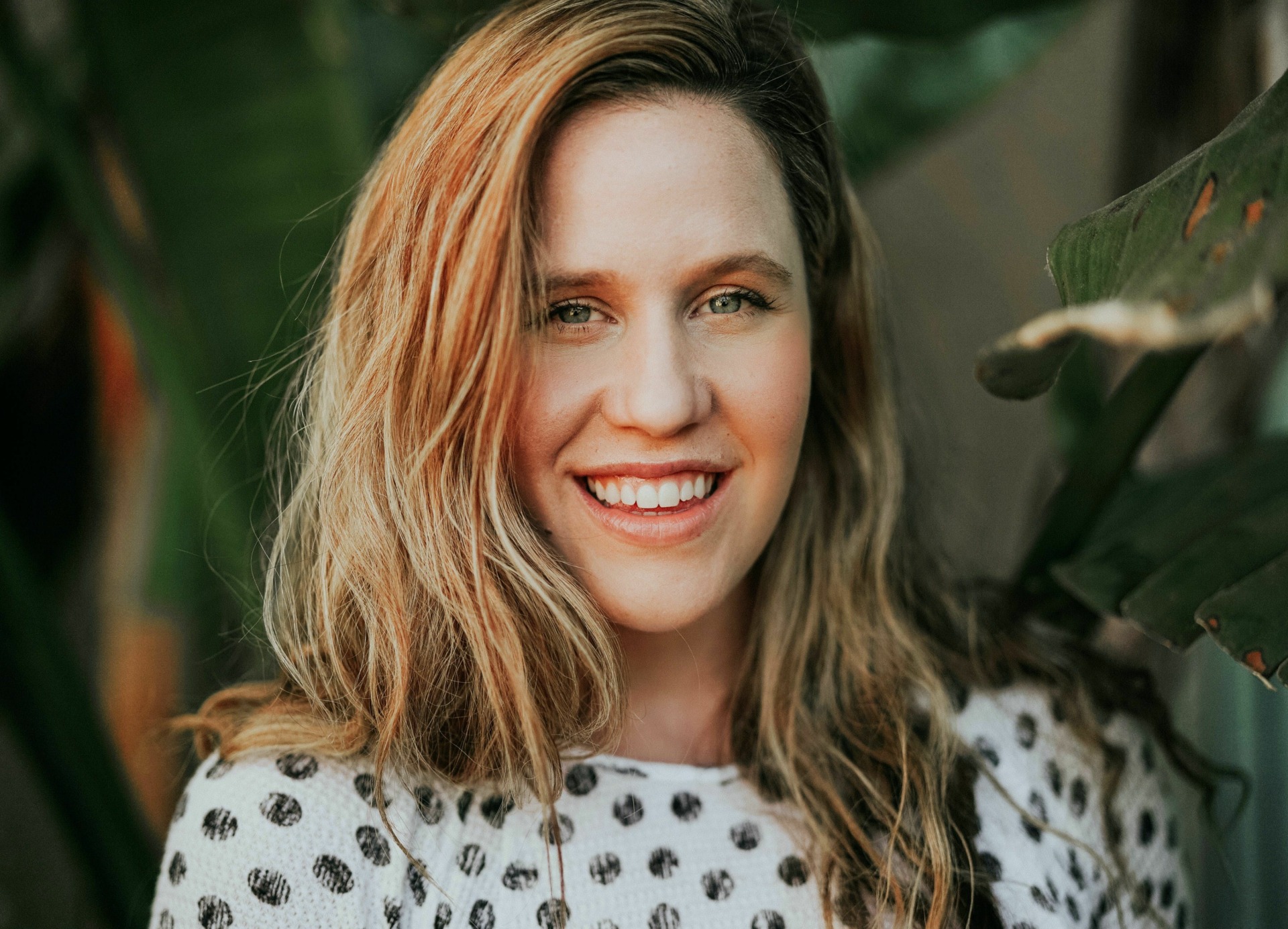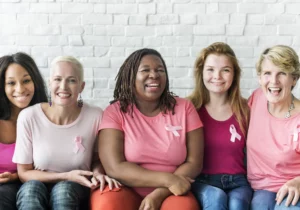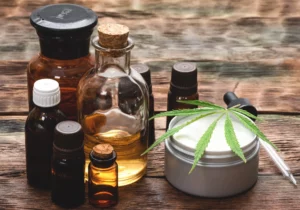Cannabidiol (CBD) is having a moment in the spotlight. From actress Kristen Bell to UFC star Nate Diaz, everyone’s talking about the cannabinoid that helps them calm anxiety, ease pain and keep inflammation at bay.
Maybe you’re curious about taking CBD, but haven’t taken the plunge yet. Or you’re working your way through your first CBD product. Or you’ve used CBD before, but it just didn’t give you the relief you were looking for.
FOLLOW US ON FACEBOOK & INSTAGRAM
If any of this sounds familiar, take a look at our list of six mistakes CBD newbies make—and our advice on how to avoid them.
1. Not Paying Attention to the Hemp’s Country of Origin
Did you feel worse after taking a CBD product? It could be because there were some toxic ingredients in it. And this could be due to where and how the hemp was grown in the first place.
One important thing CBD newbies don’t typically pay attention to when ordering hemp-derived CBD is where the hemp comes from. But this is a critically important piece of information, since hemp isn’t closely regulated in many parts of the world.
The cannabis plant, of which hemp is one variety, is a bioaccumulator. This means that the plant readily absorbs substances present in the soil, and they accumulate in the plant’s tissues.
These chemicals, therefore, can show up in the final CBD product even after processing. This is especially alarming, since hemp farmers in certain countries use dangerous pesticides to grow their plants—and those pesticides are present in the final product.
RELATED: WHAT TO WATCH OUT FOR WHEN BUYING HEMP CBD OIL
So, when you buy hemp-derived CBD, make sure the company sources its hemp in North America or Europe. Steer clear of hemp grown in China or other parts of Asia, where the use of pesticides is widespread.
If the country of origin for the hemp CBD you’re considering isn’t listed in your product information, check the company’s website. If you can’t find out where the hemp came from, it’s best to move onto another product.
2. Not Choosing Lab-Tested CBD
Even if you’re confident your CBD product was made with hemp grown with good practices, you should still know all of the details. Any reputable hemp-derived CBD product should be lab tested—and some companies test both their raw and final products.
This is another way to make sure you’re ingesting exactly what you see listed in the bottle’s ingredients and that there aren’t any surprises that could make you sick or simply make the product not work for you.
A reputable company will either have lab tests available on its website or at your request. If it doesn’t, time to start looking into other products.
3. Not Paying Attention to the Dosage of Your Hemp CBD
When you take a traditional medicine, you probably read the label to check how much a dose is. Well, you should do the same for hemp CBD. For example, if you’ve got a CBD tincture, the bottle should say how many milligrams of CBD are in each dropper full. Sometimes it’ll even tell you how much is in each individual drop.
Start with the suggested dosing on the packaging, and go from there. Pay attention to how much CBD you’ve taken, and see if you’re getting the results you need. Maybe you need to increase your dose or take a dose more often. Or you may need to take smaller doses to get optimal results.
You’ll also need to be consistent with taking your CBD dose regularly. The truth is—and this is especially so if you’re trying to ease a chronic health condition—you may not find the CBD regimen that gives you the results you need if you’re inconsistent with dosing and only take a random amount of CBD at different times.
4. Not Keeping a Journal of Your CBD Use
Following on from paying attention to dosing is perhaps the most important thing a CBD newbie can do: keep a CBD journal. Since everyone reacts differently to cannabis, the CBD dose that works for one person may not work for another.
Because all things cannabis usually require a bit of experimentation, you need to keep a record of how much you take and when, so you know how to adjust your CBD medicine to get the results you’re after.
In your CBD journal, write down:
- The CBD product you take
- How much CBD you consume
- What time you took the CBD
- Any other information that could influence the CBD’s effects like if you took it on an empty stomach or after a big meal
- How you felt the next day
This way, you can look back on your notes to fine-tune your CBD regimen. This is an especially helpful exercise if you’re sampling several different products and methods of administration as it’s so easy to forget which product made you feel a certain way.
5. Expecting Instant Results
Many hemp CBD newbies expect to feel something right away. And while this is possible, it’s not the norm. While THC consumers can feel a head high pretty quickly, this doesn’t happen with CBD. In fact, in some cases you’ll need to build up your CBD levels before you start to notice changes. And this can take weeks or even months.
Researchers now think that many health conditions are a result of an imbalanced endocannabinoid system (ECS). The ECS is the network of receptors found throughout the body, influencing everything from pain management to mood to digestion.
You can bring your ECS back into balance by supplementing natural endocannabinoids with cannabinoids in cannabis. That said, sometimes you have to consume CBD for months in order to see an improvement in your health.
RELATED: IS YOUR ENDOCANNABINOID SYSTEM IN BALANCE?
One person whose had success with CBD is HelloMD’s co-founder Pamela Hadfield, who started taking the cannabinoid to help ease her debilitating migraines. After a few months of daily CBD consumption, she was able to successfully manage her migraine pain. Another month taking CBD every day, and her migraines stopped completely. Now she’s been migraine-free for several years and finally feels like she has her life back.
Luckily, Pamela wasn’t discouraged when she didn’t see results right away. And her consistent, daily consumption of CBD paid off.
So, if you’re new to CBD, our advice is to be patient. Give yourself enough time for CBD levels in your body to rise and see if this balances your ECS enough to help you feel better.
6. Taking CBD the Wrong Way
It’s pretty amazing just how many ways you can take your hemp CBD nowadays. You can:
- Rub it on your skin
- Vape it
- Put a CBD oil under your tongue or in the beverage of your choice
- Swallow CBD gel caps
- Use a CBD transdermal patch
But the condition you’re looking to improve should dictate the way you take CBD. If you want to take CBD to lessen anxiety, a topical may not provide the best relief. You’ll need to take the CBD internally; this means a hemp-derived CBD vape pen or tincture is your best bet.
But, if you want the CBD to target a specific area, say your shoulders where you have a sore muscle, a topical CBD preparation is ideal, rather than a CBD sublingual or edible.
Make sure you’re taking CBD in the right way for you. And don’t be afraid to switch up your consumption method if you think it may help (and note it in your CBD journal).
Some folks would have you think that CBD is a magical substance that can cure just about anything. And while various individuals have experienced life-changing results from taking hemp CBD, it doesn’t work this way for everyone.
Whatever the case may be, if you take the steps to avoid these common mistakes, you’ll help set yourself up for a positive experience with CBD.
Photo credit: Christiana Rivers
If you’re new to cannabis and want to learn more, take a look at our Cannabis 101 index of articles. HelloMD can help you get your medical marijuana recommendation; it’s easy, private and 100% online.






